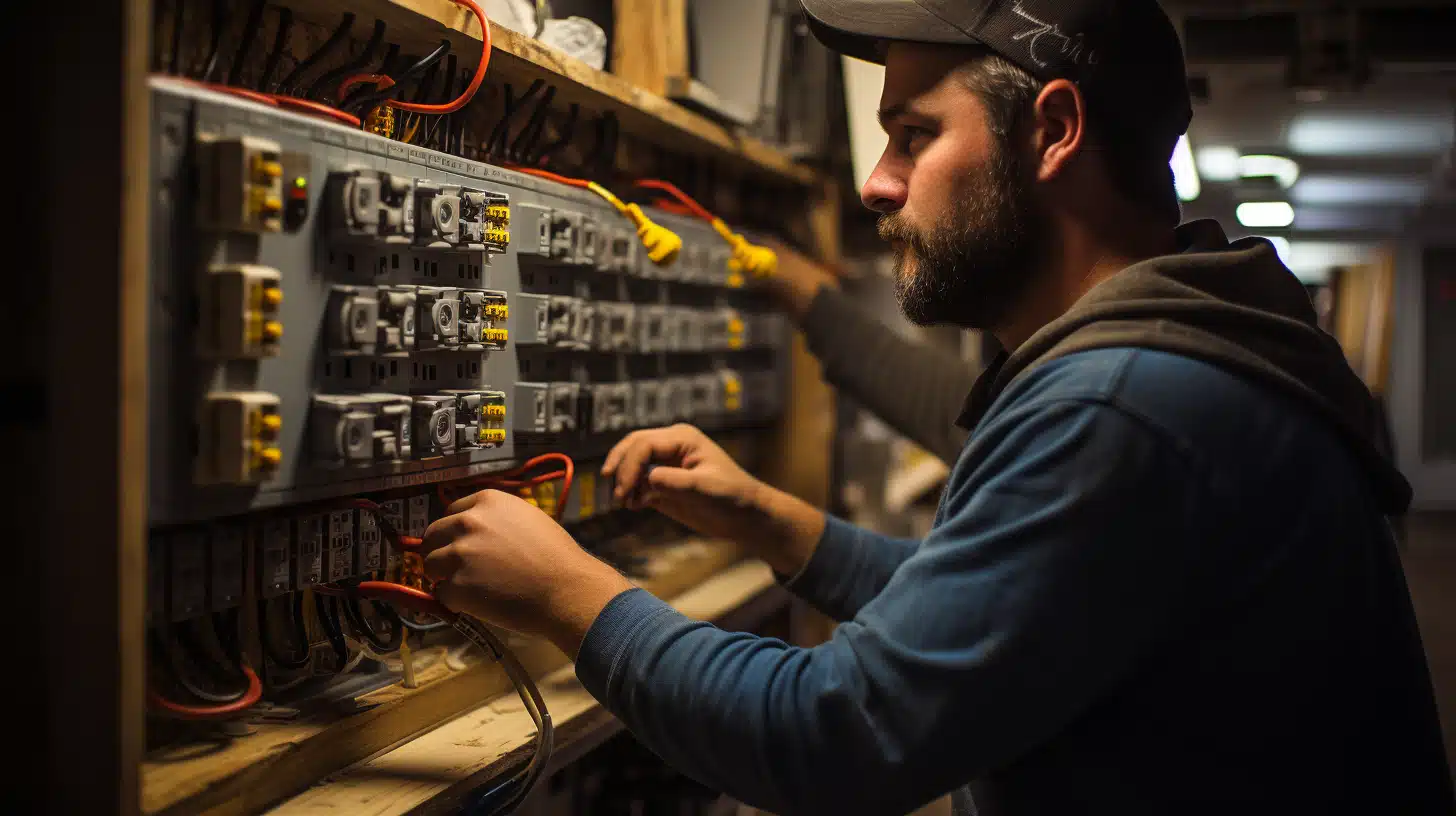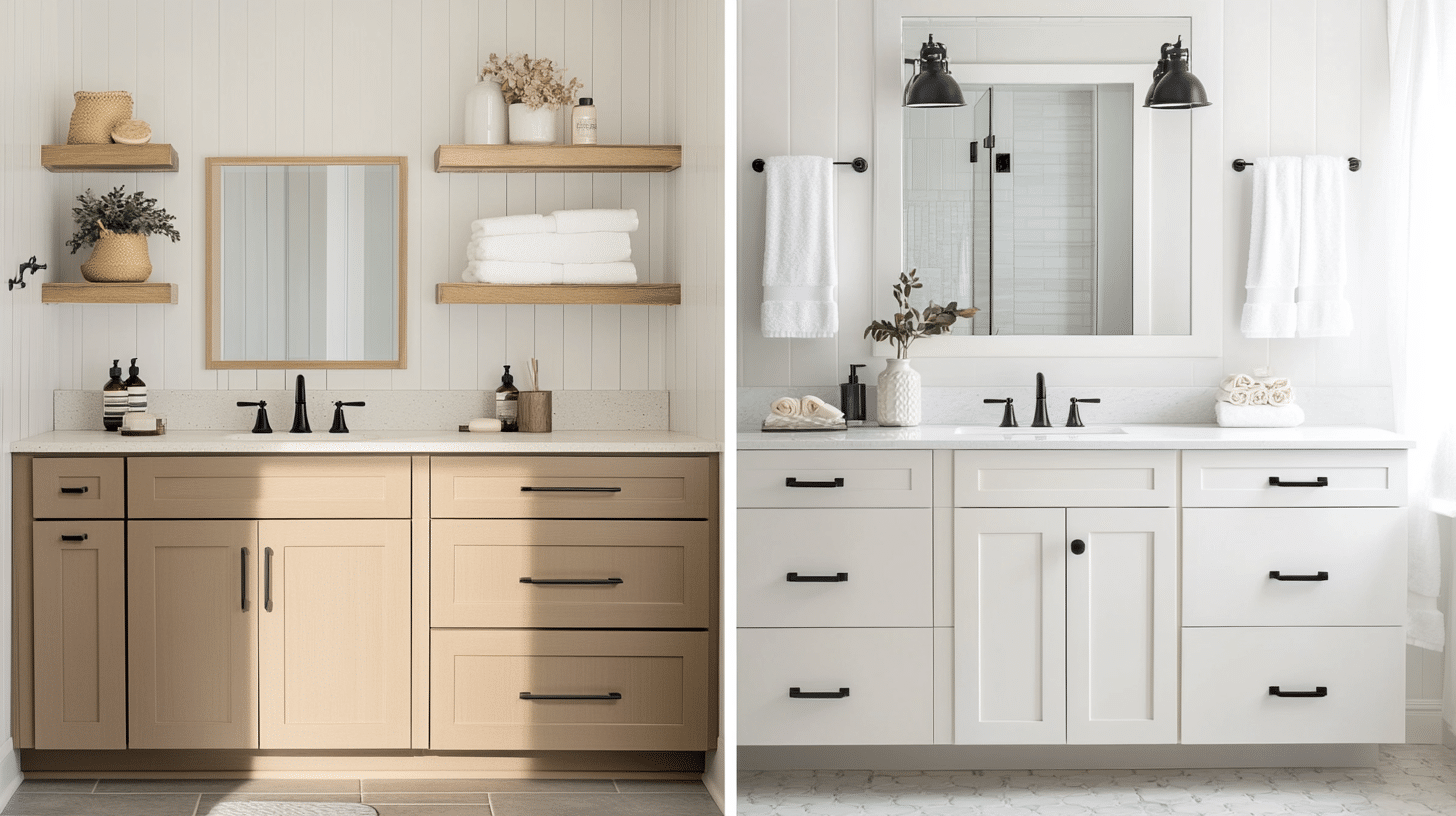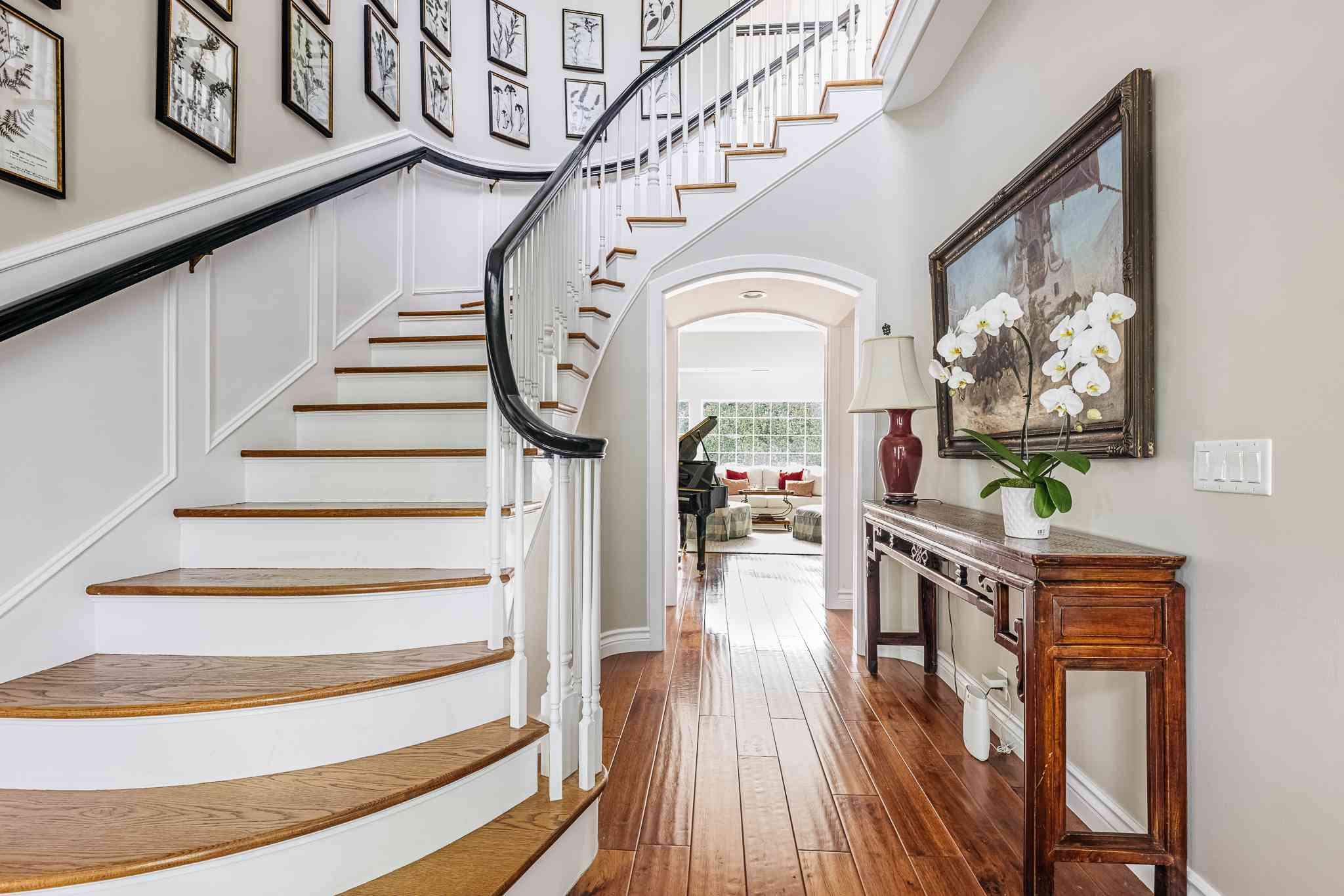Budgeting for a Kitchen & Bathroom Remodel: A Homeowner’s Guide
Renovating your kitchen and bathroom is one of the best investments you can make in your home. These two spaces not only enhance your daily living experience but also significantly increase the resale value of your property. However, without proper planning, costs can quickly spiral out of control. Whether you’re updating a cozy bungalow or a luxurious house in the hills, careful budgeting is key to achieving your dream space without unnecessary financial stress.
This guide will break down the essential costs, provide smart spending strategies, and highlight hidden expenses to help you plan a successful remodel.
Breaking Down the Costs
The cost of a kitchen or bathroom remodel varies widely based on location, material choices, labor, and the overall scope of the project. To set realistic expectations, here’s a general pricing guide:
Bathroom Remodel Budget
- Basic Refresh ($5,000 – $15,000): This budget range includes simple updates such as a fresh coat of paint, modern lighting, replacing faucets, installing new mirrors, and minor plumbing repairs. It’s perfect for homeowners looking for a quick refresh without a major overhaul.
- Mid-Range Upgrade ($15,000 – $30,000): A mid-range remodel includes new tiling, upgraded vanities, better plumbing fixtures, improved storage solutions, and energy-efficient lighting. You may also replace the bathtub or shower.
- Luxury Makeover ($30,000+): A high-end renovation often involves custom vanities, high-end materials like marble or quartz, spa-like features such as rain showers and heated floors, and possibly a complete layout change to optimize space.
Kitchen Remodel Budget
- Entry-Level Upgrade ($10,000 – $25,000): This budget covers fresh paint, cabinet refacing or stock cabinets, basic appliance upgrades, new hardware, and minor electrical or plumbing work.
- Mid-Range Remodel ($25,000 – $50,000): At this level, you can invest in semi-custom cabinetry, quartz or granite countertops, modern appliances, stylish backsplash, and high-quality flooring.
- Luxury Renovation ($50,000+): A luxury kitchen remodel may include custom-built cabinetry, premium countertops, high-end appliances, smart technology, and potential structural changes such as removing walls for an open-concept design.
Where to Spend vs. Where to Save
Knowing where to splurge and where to cut costs can make a significant difference in your remodel’s final price. Here are some key areas to consider:
Where to Save:
- Cabinetry: Custom cabinets can be expensive. Opting for semi-custom or stock cabinets with high-end hardware can give you a premium look without the price tag.
- Flooring: Luxury vinyl and porcelain tile can mimic hardwood or stone at a fraction of the cost while offering durability in high-traffic areas.
- Backsplash: Instead of intricate designer tiles, consider classic subway tiles or simple mosaic patterns for an elegant yet budget-friendly look.
- Appliances: Mid-range appliances often offer the best balance between cost and performance. Unless you’re an avid chef, top-tier brands may not be necessary.
Where to Invest:
- Countertops: Durable materials like quartz or granite last longer and add sophistication to your kitchen or bathroom.
- Plumbing Fixtures: High-quality faucets, showerheads, and sinks ensure longevity and performance while adding a touch of elegance.
- Lighting: Layered lighting with under-cabinet LEDs, pendant lights, and recessed fixtures can improve both function and aesthetics.
Hidden Costs to Consider
Even with a well-planned budget, unexpected expenses can arise. Here are some often-overlooked costs that you should account for:
- Permits & Inspections ($500 – $2,000): Many remodeling projects require permits, especially if you’re making structural changes or updating plumbing and electrical systems. Check with your local authorities to ensure compliance.
- Unexpected Repairs (10-20% of budget): Hidden issues, such as water damage, mold, or outdated wiring, can surface once demolition begins. Having a contingency fund prevents financial stress.
- Temporary Living Costs: If the remodel renders your kitchen or bathroom unusable for an extended period, you may need to budget for alternative living arrangements or takeout meals.
- Design & Consultation Fees: If hiring a designer, factor in their fees, which can range from a few hundred dollars for consultations to several thousand for full-scale planning.
Maximizing Your Investment
To ensure that your remodel adds long-term value to your home, consider these smart strategies:
1. Choose Timeless Designs
Trendy designs may look great now but can quickly become outdated. Neutral colors, classic tile patterns, and high-quality materials ensure longevity.
2. Focus on Energy Efficiency
Opt for energy-efficient appliances, LED lighting, and water-saving fixtures. These investments reduce utility bills and appeal to future buyers.
3. Prioritize Functionality
A beautiful kitchen or bathroom should also be practical. Consider storage solutions, easy-to-maintain materials, and smart layouts to enhance daily use.
4. Work with Trusted Professionals
Hiring skilled contractors, designers, and remodelers ensures quality workmanship and prevents costly mistakes. Get multiple quotes, check reviews, and ask for references before making a decision.
Final Thoughts
A well-planned remodel not only enhances your home’s beauty and functionality but also adds long-term value. By setting a realistic budget and knowing where to splurge or save, you can transform your kitchen and bathroom into stylish, functional spaces without breaking the bank.
If you’re ready to start your kitchen or bathroom remodel, connect with trusted professionals who can bring your vision to life while keeping costs in check. Happy remodeling!







